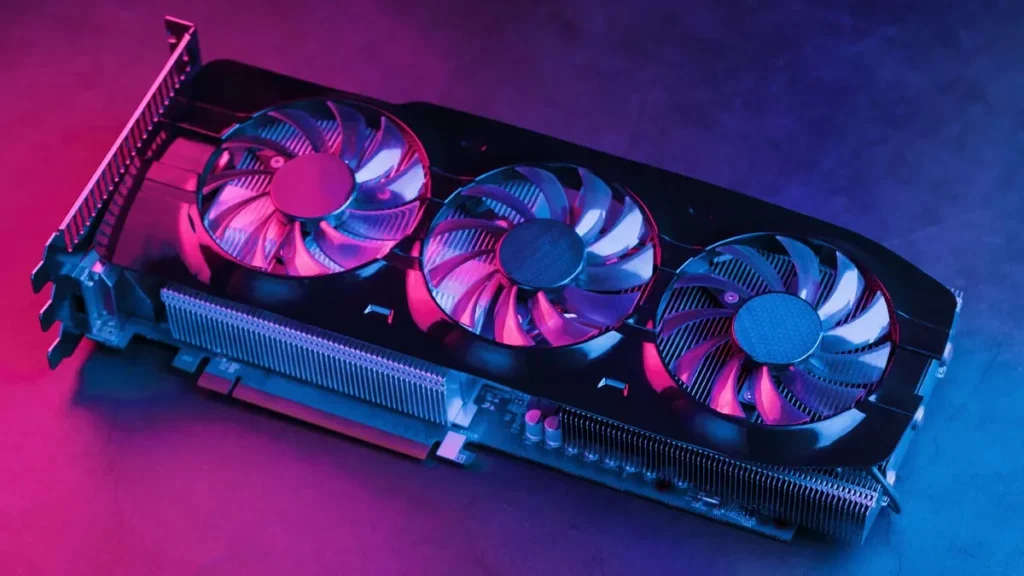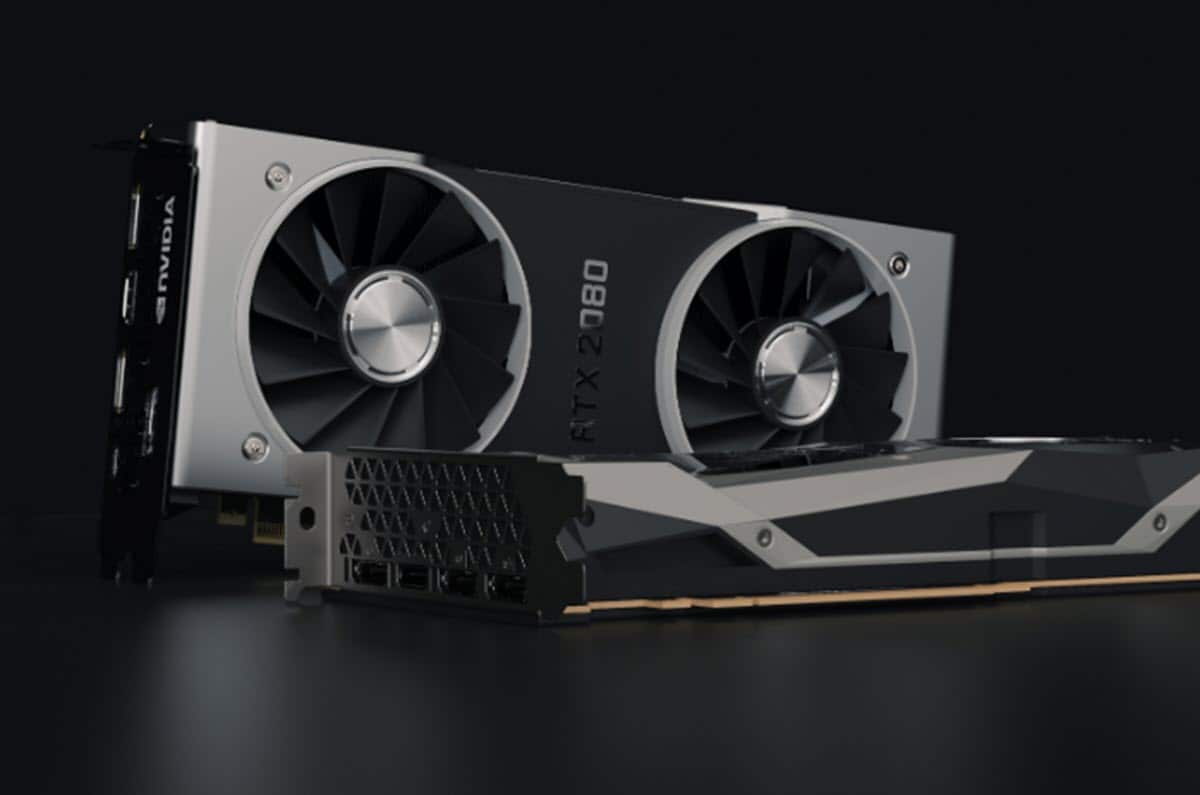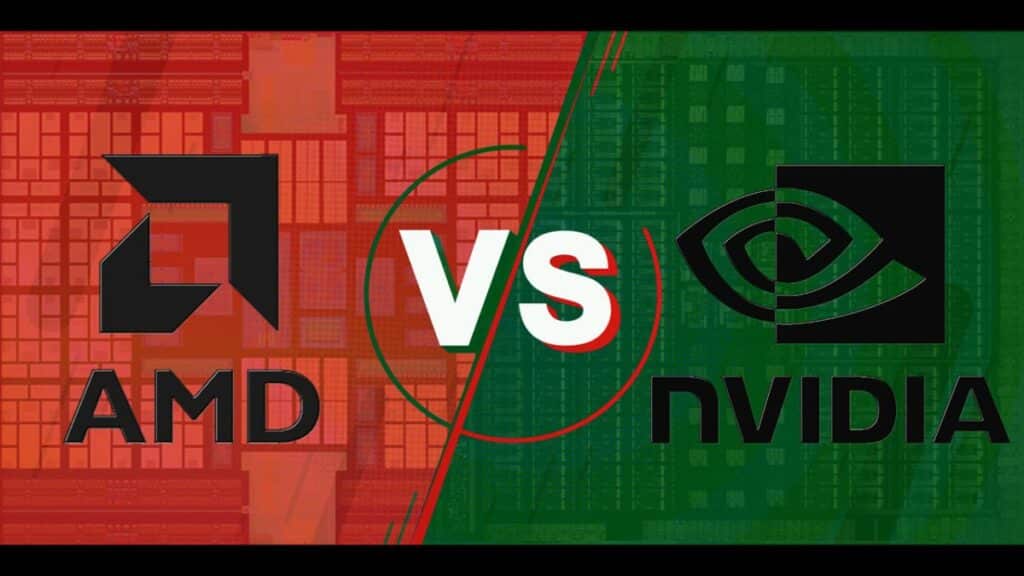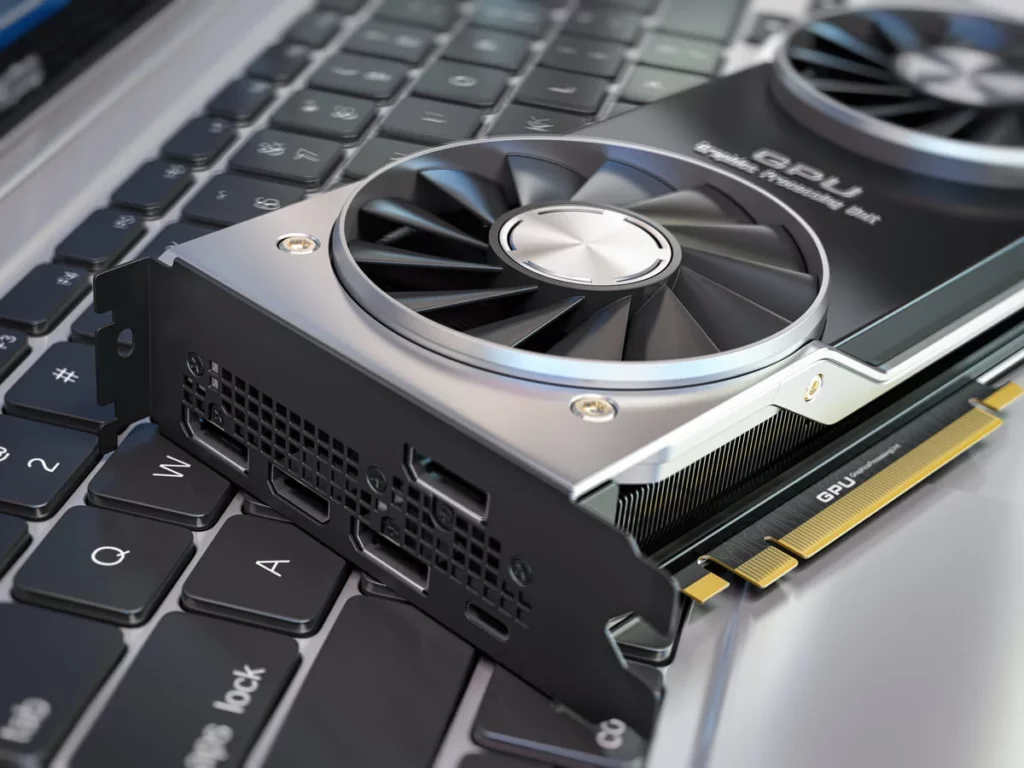
La Graphic card It is one of the fundamental components in any computer, especially in the case of equipment prepared for Gaming. In this post we will try to explain what exactly are these cards, what functions they perform and how many different types of them exist.
In other words, and as its name indicates, it is an element dedicated to the processing of data related to video and images. Everything we see on the screen is information that has been processed by this card to make it recognizable to us.
Actually, the graphics card (also known as video card) is an expansion of the computer's motherboard. Its function consists of process the data sent by the computer's GPU, transform it into visible information and offer it on the monitor.

Since these cards have their own processing unit, or GPU, the same name is often used to refer to them, although this is somewhat confusing. Graphics card is also called display adapter, video adapter or card, and even graphics accelerator card.
Graphics card structure
What elements make up a graphics card? The three main elements are the GPU, the GRAM memory and the RMDAC, which we explain below:
GPU
The main component, as we mentioned before, is the GPU o Graphic processing unit. It is a complex system of circuitry with millions of small chips, as well as several cores with independent processing power, dedicated mainly to vertex and pixel processing. The more and more powerful cores they are, the better the image quality generated by the graphics card.
GRAM memory
Another basic element of these cards is the gram memory (Graphical Random Access Memory), which speeds up the process of storing and transmitting data.
RAMDAC
It is also important RAMDAC, the random access memory digital-to-analog converter. This component is actually a converter that is used to go from a digital signal to an analog signal. A basic function for the card.
In addition to these three main components, we must also mention the fans or heat sinks, necessary so that the graphics card does not overheat excessively while we are making intense use of it, such as while we spend hours and hours with a game.
How does it work
Explaining it in a very synthesized way, two phases can be identified within the operation of the graphics card:
- vertex processing, which consists in obtaining the vertex information calculated by the CPU. Also its spatial arrangement, its rotation, as well as the task of determining which of these elements are going to be graphically visible.
- pixel processing, or the visual representation of this entire process on our computer monitor.
Finally, it should be mentioned that the connection between the graphics card and the monitor can be of various types (DVI, VGA, HDMI, DisplayPort or USB-C), each with its own characteristics.
Graphics card types

Once we know what it is and how it works, the big question comes: Which graphics card to choose? The answer will depend on what is the usual use that we are going to give to our computer. For normal use, without great demands, any basic card will do; On the other hand, if we are going to dedicate our PC to gaming, it will be necessary to install a powerful graphics card.
It must also be said that graphics cards not only serve to obtain a better experience with video games, they will also help us in the creation of photography, animation or digital content projects, For example. They even serve for mining cryptocurrencies.
But when push comes to shove, the question boils down to a simple choice between the two big brands: NVIDIA or AMD.
NVIDIA
Graphics cards made by NVIDIA are the best sellers worldwide. These cards have DLSS technology, which allows to take advantage of the power of a deep learning neural network, thus increasing the frame rate and achieving a notable improvement in image quality.
AMD
For their part, AMD cards come with technology AMD Smart Access Memory through which great improvements in gaming performance are achieved thanks to more fluid communication between Ryzen processors and Radeon graphics cards.
Whatever our choice, an important aspect to consider is that both the resolution and the refresh rate of our computer monitor are consistent with the quality and power of the graphics card that we are going to install. The same can be said about the CPU and RAM of our equipment.
And already speaking of prices, both one and the other brand offer a wide range of models with prices ranging from less than 300 euros to over 1.000 euros.
